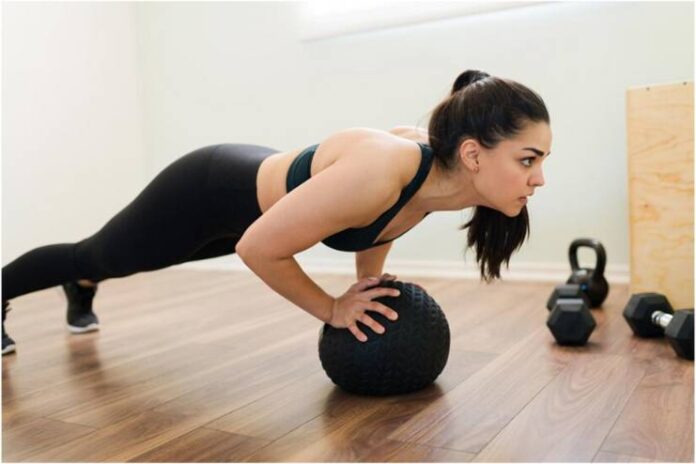Affiliate Disclaimer
Some links in this article are affiliate links. We may earn a small commission if you make a purchase through these links, at no extra cost to you. We only recommend products we find useful to our readersOur Thursday Thrill high-intensity cardio circuit will improve your workout experience and bring excitement to your fitness routine. Designed to get your heart pumping and your body moving, this exhilarating cardio workout combines the benefits of high-intensity interval training (HIIT). HIIT is renowned for its effectiveness in improving cardiovascular health, boosting endurance, and burning calories in a short amount of time. You can maximize your workout efficiency by alternating between intense bursts of activity and brief recovery periods. Challenge yourself with our invigorating, high-intensity cardio circuit!
Warm-Up
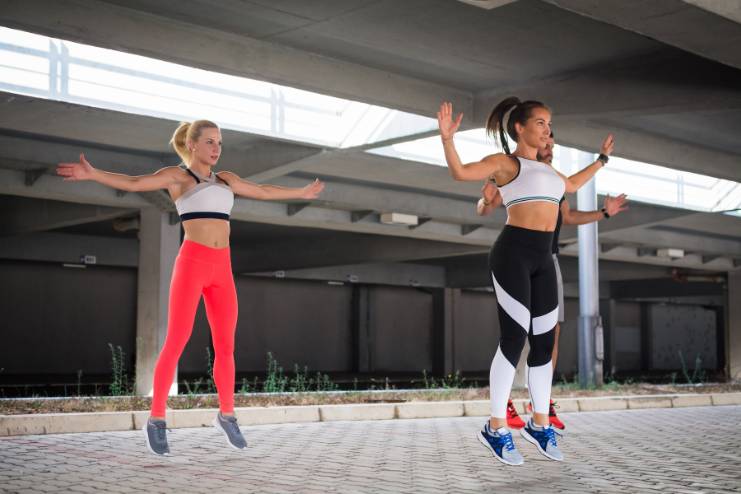
An effective pre-workout warm-up is important. A well-balanced 5–10 minute cardio warm-up with dynamic stretches gets your body prepared for a heavy workout. Start off with some light cardio activities that slowly raise heart rate and increase blood flow to the muscles.
- Warm up by jogging in place for 2 minutes, then progress to jumping jacks for another 2 minutes. These actions get your heart rate up and warm up the muscles.
- Keep doing some dynamic stretches for another 3–5 minutes.
- Do some exercises that include arm circles. These exercises include extending your arms and making circular motions with them to loosen the shoulder joints.
- Add leg swings with your hands on a firm surface, and swing each leg forward and backward to improve hip flexibility.
- End with some hip circles, placing your hands on your hips and rotating your pelvis with circular motions. This engages the lower body.
These dynamic stretches increase flexibility and ensure correct muscle activation.
Circuit 1: Jumping Exercises
Get ready to rev up your workout with a series of high-intensity cardio jumping exercises to increase your energy and cardiovascular endurance. This circuit includes jump squats and burpees, two exercises that not only get your heart rate up but also provide exceptionally good all-around conditioning.
Jump Squats
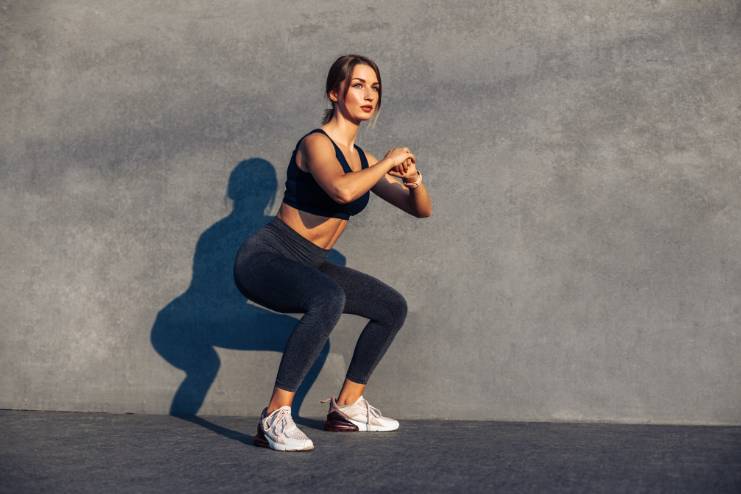
- Stand with your feet shoulder-width apart.
- Lower into a squat, keeping your back straight and your chest high, by bending at your knees and hips.
- Jump up as high as possible with the extension of the arms straight up in the air.
- Softly land back into a squat position, then repeat immediately.
Burpees
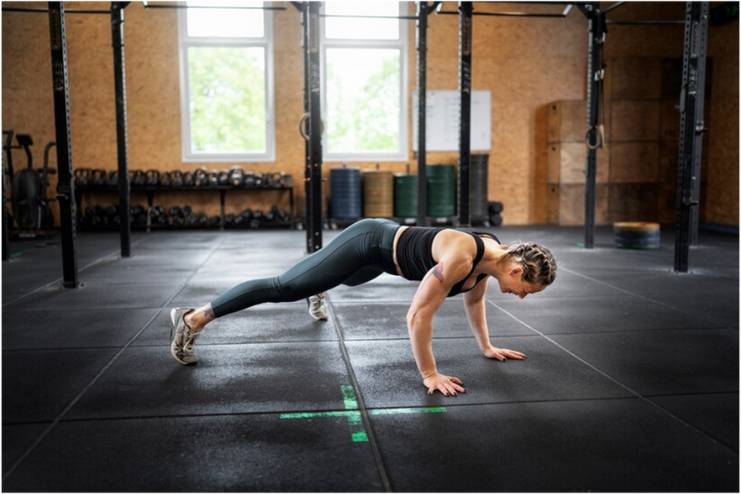
- Stand with your feet shoulder-width apart.
- Squat down, lowering your body with your hands on the ground in front of you.
- Jump immediately back into a plank position.
- Lie down on your stomach with your hands under your shoulders. Lower your chest to the ground, then push back up.
- Jump your feet back towards your hands.
- Jump up in the air to the top, extending your arms fully above your head, then return.
Benefits
- Jump squats and burpees enhance explosive power by working fast-twitch muscle fibers.
- The exercises raise heart rate and subsequently enhance cardiovascular endurance and overall physical fitness.
- Both exercises work out several muscle groups
Suggested Routine
Do 3 sets of each exercise, with 10-15 reps per set. Rest 30-60 seconds between sets to keep the intensity up but allow for some partial recovery.
- Jump Squats: 3 sets of 10-15 reps
- Burpees: 3 sets of 10-15 reps
Take your training to the next level with this plyometric jump training, challenging your limits and reaching your fitness goals!
Circuit 2: Bodyweight Exercises
Bodyweight cardio workouts, like mountain climbers and high knees, are excellent for gaining cardiovascular fitness and core body strength.
Mountain Climbers (Running Planks)
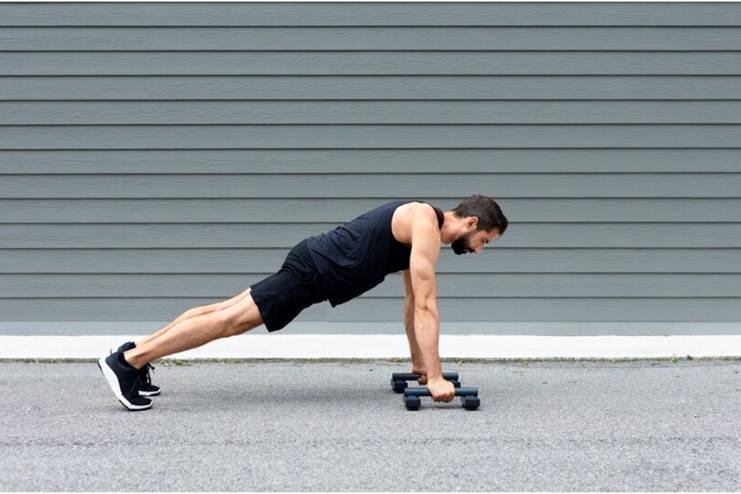
- Start in a plank position, ensuring your hands are shoulder-width apart and your back is flat.
- Draw your right knee towards your chest.
- Quickly switch legs, bringing your left knee towards your chest while extending your right leg back.
- Continue alternating legs as if you’re running against the floor.
High Knees
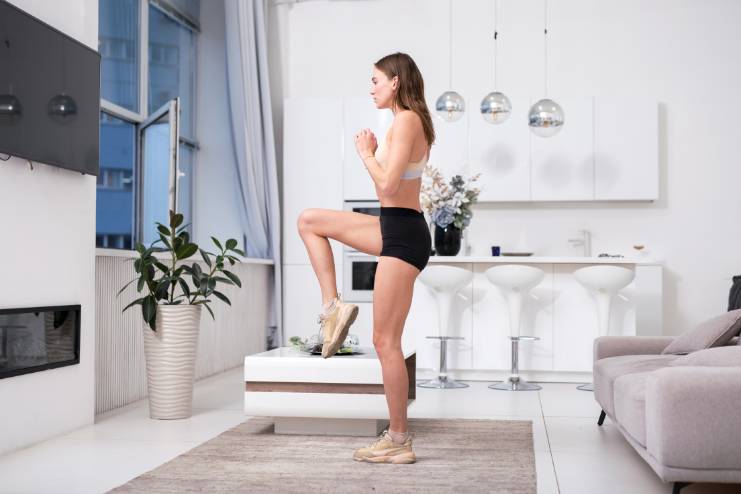
- Stand tall with feet hip-width apart.
- Lift your right knee towards your chest while simultaneously pumping your left arm forward.
- Quickly switch, lifting your left knee towards your chest and pumping your right arm forward.
- Alternate knees rapidly, mimicking a running motion.
Benefits
- Mountain Climbers: Engages the entire body, core, shoulders, and quads. They enhance cardiovascular health and increase endurance.
- High Knees: This will get the heart rate up and engage the core while building lower body strength in the quads, hamstrings, and calves.
Do sets of 3 of each exercise for 30-45 seconds for an effective workout. This circuit works directly on your core strength and helps boost cardiovascular endurance.
Circuit 3: Plyometric Drills
Plyometric drills, such as box jumps and plyometric lunges, are great for building strength and power in the lower body. Maximum muscular exertion in short bursts elevates speed, endurance, and, hence, athletic performance.
Box Jumps
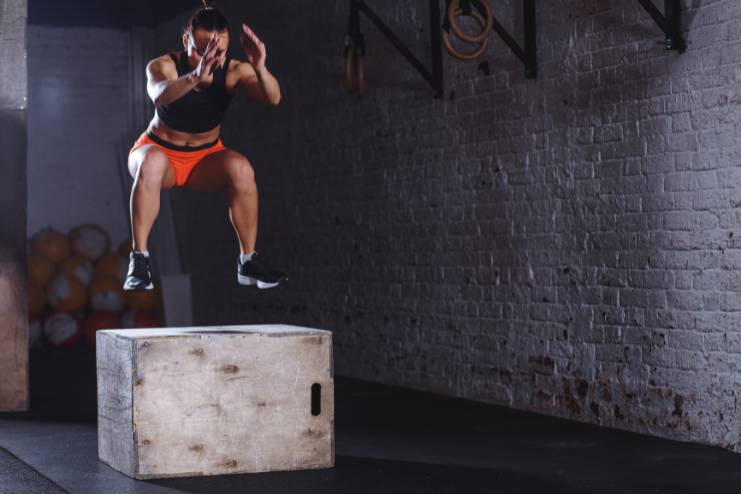
- Stand in front of a sturdy box that is 12-36 inches high with feet shoulder-width apart.
- Squat down slightly, swing your arms, and then jump onto the box, landing softly by bending the knees.
- Step or jump back down, keeping in control.
Plyometric Lunges
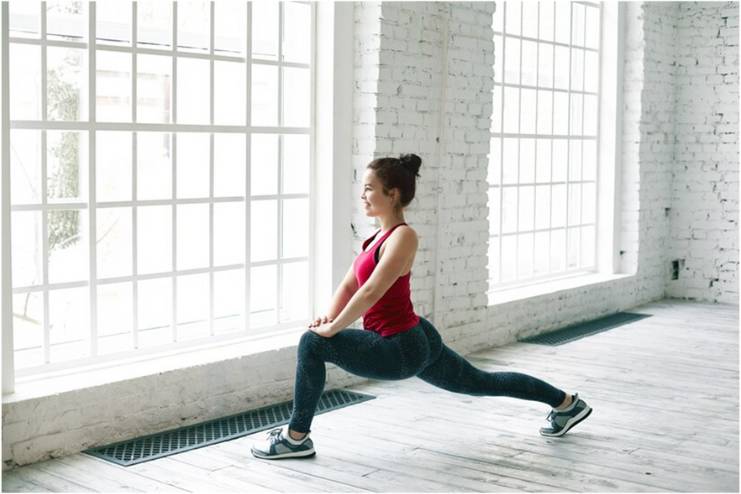
- Begin in a lunge, with one leg forward and the knee bent to 90 degrees.
- Jump explosively, switching legs mid-air, landing softly in a lunge with the opposite leg forward.
- Keep your knees aligned and avoid hard landings.
Benefits
- Lower Body Strength: Both exercises work on the quadriceps, hamstrings, glutes, and calf muscles for muscle hypertrophy and endurance.
- Explosive Power: It enhances explosive power through rapid, high-intensity movements that boost neuromuscular efficiency and increase the production of force rapidly.
Suggested Routine
- Perform 3 sets of 10-15 reps for each exercise.
- Rest for 1-2 minutes between sets to maintain intensity and form.
Add these plyometric drills to your workout to greatly improve your athletic capabilities and overall fitness.
Circuit 4: Agility Exercises
These agility exercises maximize coordination, speed, and overall athletic performance. Lateral shuffles and speed skaters work on lower body strength and improve agility.
Lateral Shuffles
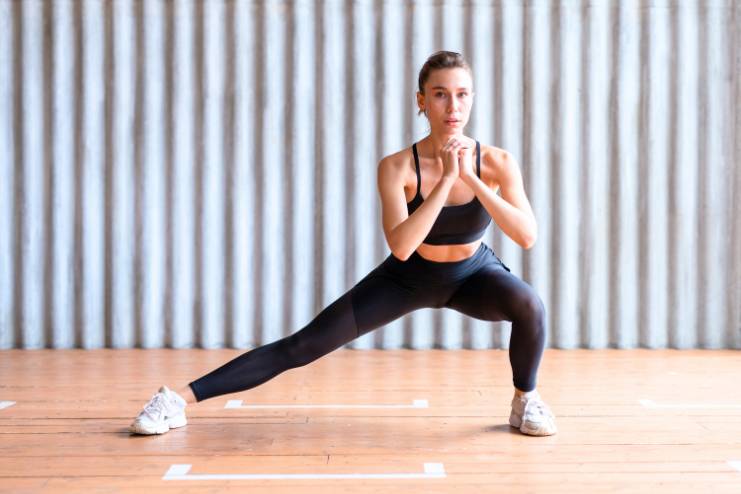
- Stand with feet shoulder-width apart.
- Bend your knees slightly, keeping your chest up and back straight.
- Shuffle to the right by pushing off your left foot, then bring your left foot to meet your right.
- Continue shuffling for a set distance or time.
Speed Skaters
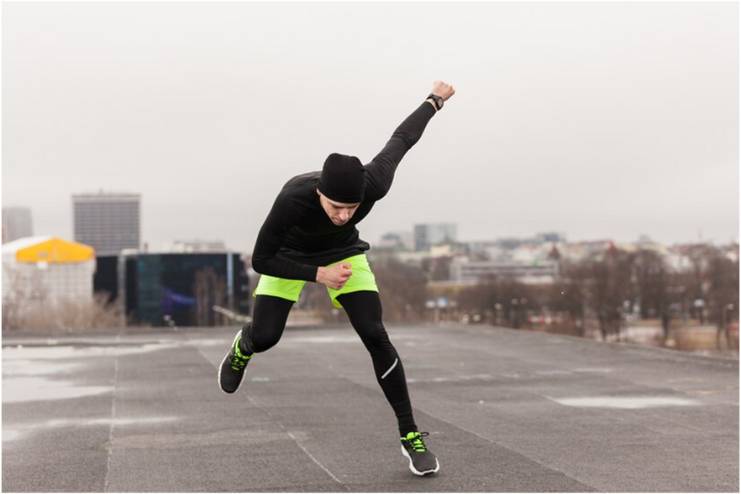
- Start standing with feet shoulder-width apart.
- Leap to the right, landing on your right foot while bringing your left foot behind you.
- Immediately leap to the left, landing on your left foot and bringing your right foot behind.
- Continue alternating sides.
Benefits
- Lateral Shuffles: Lateral shuffles improve lateral movement, coordination, and lower body strength. It is excellent in promoting agility and speed in sporting events that require quick changes in direction and movement.
- Speed Skaters: Speed skaters improve explosive power, coordination, and balance. This replicates the skating movement and can be terrific for developing lateral agility and leg strength.
Suggested Routine
- Perform 3 sets of each exercise, doing 30-45 seconds per set.
- This will ensure a high-intensity workout, effectively building agility and lower body strength.
Add these exercises to your routine and watch your performance improve.
Cool Down
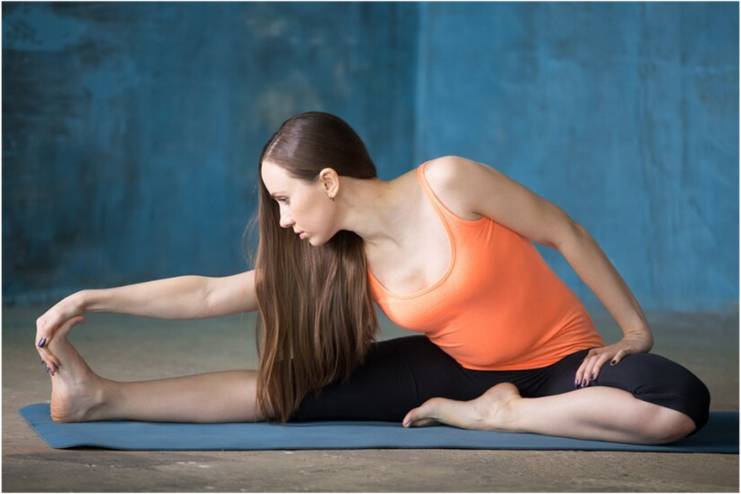
A good cardio cool-down helps with recovery and prevents injury. These static stretches gradually bring your heart rate back down and stretch the major muscle groups used in your workout.
- Hamstring Stretch: Lie on the floor, extending one leg in front of you and bending the other. Bend forward to touch the toes of the leg that’s not bent. Hold for 30 seconds, then switch sides.
- Quadriceps Stretch: Stand on one leg, drawing the other toward your glutes, trying to keep your knees as close together as possible. Hold for 30 seconds, then switch sides.
- Calf Stretch: Stand facing a wall, then step out with one leg in front and the other behind you. Press your back heel to the ground as you lean forward. Hold for 30 seconds, then switch legs.
- Hip Flexor Stretch: Kneel down with one knee, with the other foot in front of you at a 90-degree angle. Push your hips forward and hold for 30 seconds, then switch sides.
- Shoulder Stretch: Cross one arm across your chest and grasp it with the opposite hand. Pull your arm across your body until you feel a stretch in your shoulder area. Hold for 30 seconds, then switch arms.
- Neck Stretch: Slowly tilt your head to the right, bringing your ear down towards your shoulder. Hold 30 seconds, then switch sides.
- Chest Stretch: Stand in a doorway, placing your forearms on the door frame, stepping forward to stretch your chest; hold for 30 seconds.
This cool-down routine helps your muscles relax, improves flexibility, and aids in recovery.
Conclusion
Incorporating high-intensity cardio circuits into your fitness routine has several benefits for cardiovascular health and overall fitness. Such workouts are designed to increase caloric burn, promote heart health, and enhance endurance in a short time frame. High-intensity cardio circuits exercise various muscles and increase heart rate to maximize calorie burn and boost metabolism for improved athletic performance.
These effective workouts also keep your routine exciting and challenging. The variation in exercises will keep you motivated and engaged. High-intensity cardio circuits can be done by anyone, from elite athletes to beginners, and can be scaled up or down according to your fitness level.
References
- https://www.mensjournal.com/pursuits/tabata-workouts/warm-up-hiit-workout
- https://www.healthline.com/health/best-hiit-exercises
- https://www.verywellfit.com/mountain-climbers-exercise-3966947
- https://www.healthline.com/health/fitness/high-knees-benefits
- https://www.healthline.com/health/exercise-fitness/plyometric-exercises
- https://greatist.com/fitness/agility-exercises-to-improve-coordination
In this Article















